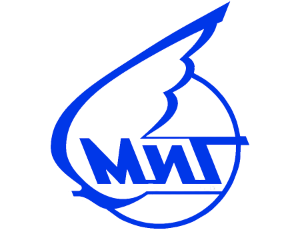Beech Aircraft
Hawker 400 Beechjet
|
|||||||||||||||||||||||
|
|
|
|---|
.
History Beech Aircraft Corporation
Beechcraft Hawker 400 Beechjet
First flight August 29, 1978 (as Mitsubishi Diamond)
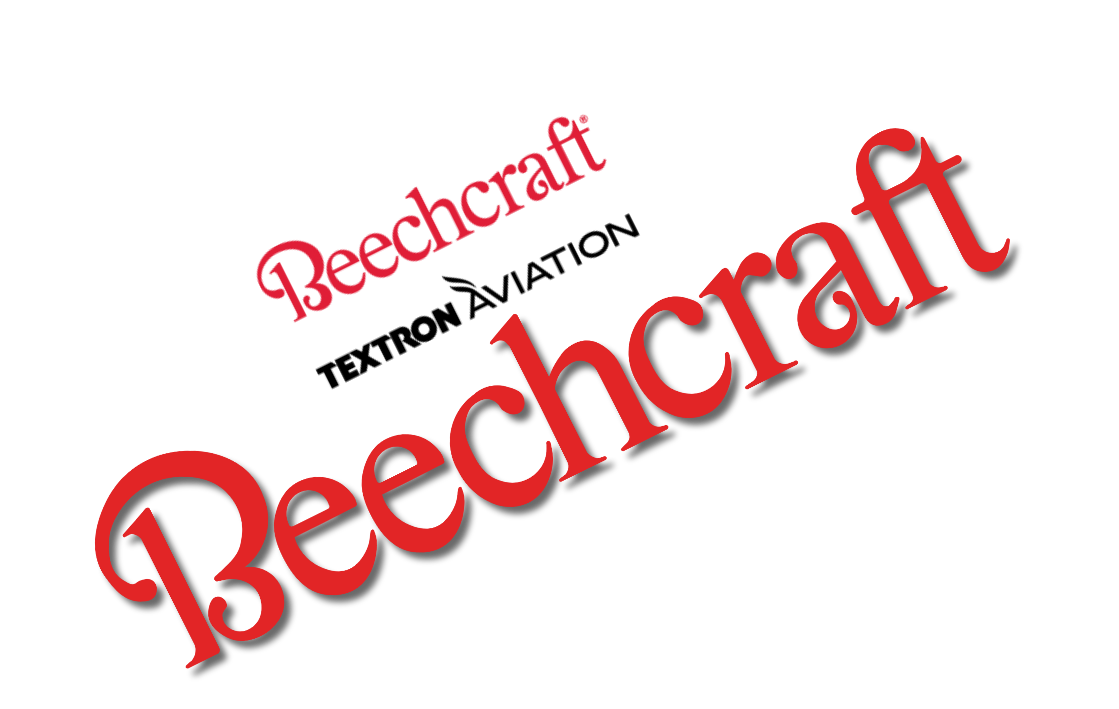
The Hawker 400 (also known as the Beechjet 400) is a light business jet. Initially designed and built by Mitsubishi, it has been further developed and updated by the Beech Aircraft Company, now part of Textron Aviation. A military version, the T-1 Jayhawk was also produced. In total, over 900 Hawker 400s have been delivered. In 2017, Hawker began to offer a manufacturer supported upgrade package known as the Hawker 400XPR. The new modifications are intended to reduce fuel consumption and improve range.
Design and development
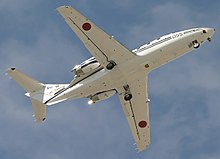
The Hawker 400 is a small, low-winged twin-turbofan aircraft of all metal construction, flown by a crew of two pilots and accommodating eight passengers in a pressurised cabin. Its wings use a computer-designed supercritical airfoil in order to minimise drag. Its two Pratt & Whitney Canada JT15D turbofans are mounted on the rear fuselage.
The 400 can fly 1,351 nmi (2,502 km) with four passengers, cruising at Mach 0.71–0.73, and most pilots are comfortable flying it over three hours, about 1,175 nmi (2,176 km) cruising at Mach 0.73–0.76. Typical missions are 1.5 to 2.0 hours with 400 kn (740 km/h) block speeds. It burns 1,500 lb (680 kg) of fuel the first hour, dropping to 1,100–1,200 lb (500–540 kg) for the second. Basic operating weights range from 11,000 to 11,100 lb (4,990 to 5,030 kg), full tanks payload is less than 500–600 lb (230–270 kg) with an average passenger load of three, however its full capacity is six passengers 1,100 nmi (2,000 km)
Variants
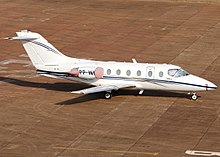


- Mitsubishi MU-300 Diamond I
- Initial model, ICAO designator MU30. Two prototypes and 89 production aircraft built, 56 in active use as of 2014.
- Mitsubishi MU-300-10 Diamond II
- Improved version of Diamond I; 11 built, all subsequently redesignated as Beechjet 400s.
- Beechcraft Model 400 Beechjet
- The Diamond II built after Beechcraft bought the MU-300 production rights from Mitsubishi. 54 built in addition to the original 11 Diamond IIs. ICAO designator BE40.
Photo Gallery
Beech Aircraft Corporation
Beechcraft Hawker 400 Beechjet


Beech Aircraft Corporation
Beechcraft Raytheon 400 Beechjet
General Info
-
-
-
- Crew: 2 pilots
- Capacity: 7–9 passengers, 5,600 lb (2,500 kg) useful load
- Length: 48 ft 5 in (14.76 m)
- Wingspan: 43 ft 10 in (13.36 m)
- Height: 13 ft 11 in (4.24 m)
-
-
Powerplant
-
- Empty weight: (4,763 kg)
- Max takeoff weight: (7,394 kg)
- Pressurization: 9.1 psi (0.63 bar)
- Cabin height: 4.75 ft (1.45 m)
- Cabin width: 4.92 ft (1.50 m)
- Powerplant: 2 × Williams International FJ44-4A-32 turbofan, 3,200 lbf (14 kN) thrust each
Performance
- Maximum speed: 468 kn (539 mph, 866 km/h) (Mach 0.78 MMO)
- Cruise speed: 447 kn (514 mph, 828 km/h) High Speed Cruise, at FL450
- Stall speed: 92 kn (106 mph, 171 km/h) (full flaps)
- Range: 2,160 nmi (2,490 mi, 4,000 km) at 45,000 ft (13,700 m)
- Service ceiling: 45,000 ft (13,700 m)
Related Aircraft
Links to Youtube & Others
Light corporate jet. In Service since 1986. Beechcraft/Raytheon bought the MITSUBISHI MU-300 Diamond design and has developed it into the BEECH 400. Also built as military T-1A JAYHAWK trainer. The original BEECH 400 and 400A is now marketed by RAYTHEON, USA
Beechcraft Aircraft
Hawker 400 Beechjet
The Hawker 400XPR modification, featuring new avionics, interior and winglets, is availabke since 2014
Youtube Link
Remanufactured variants were built by Nextant Aerospace since 2010. The P&W JT15D-5 engines replaced with Williams FJ44-3AP ones and the aircraft EFIS and TAWS were upgraded.










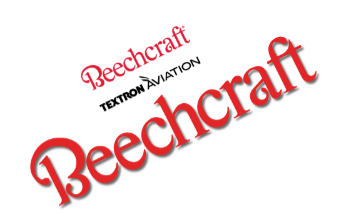
.png)


